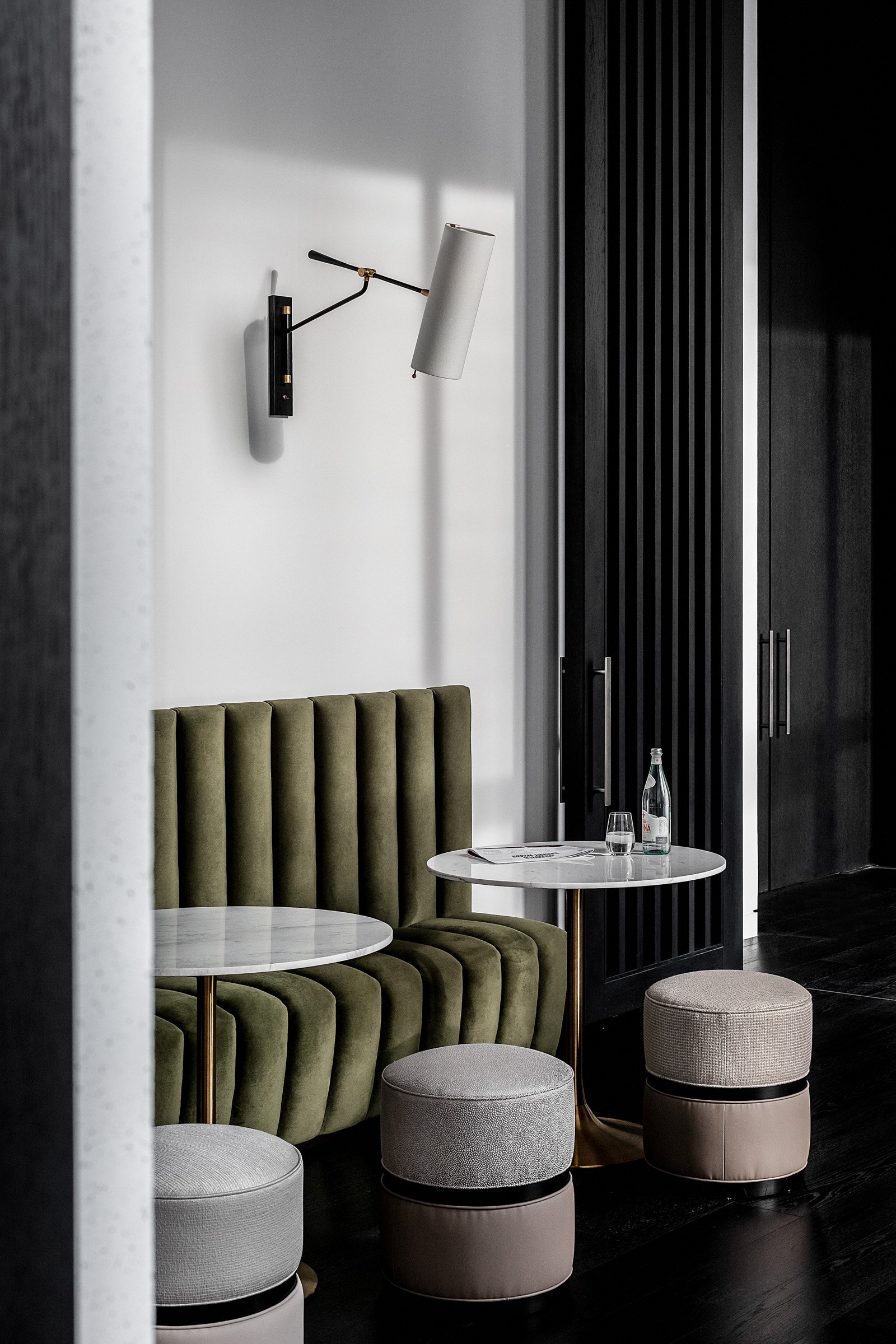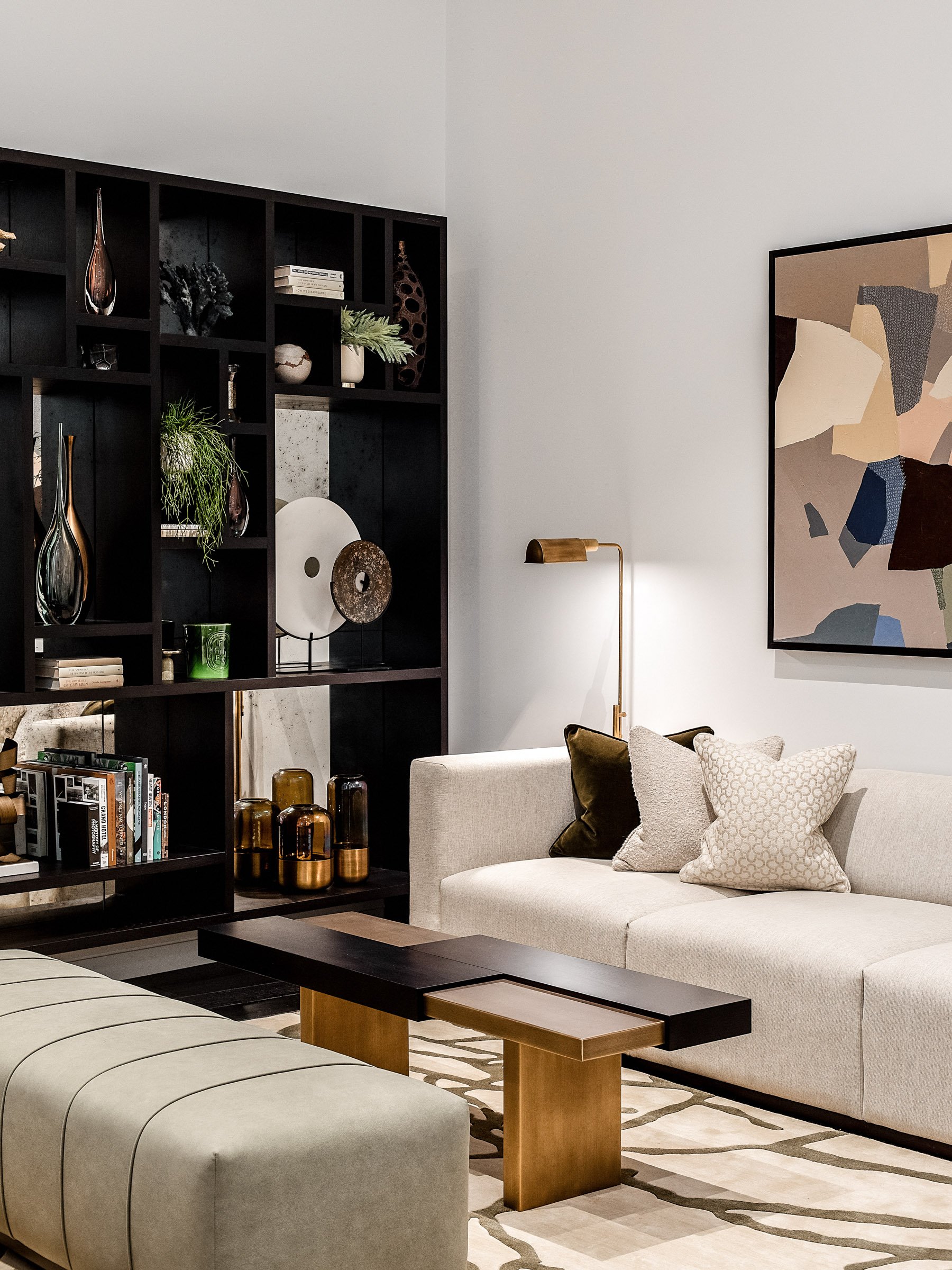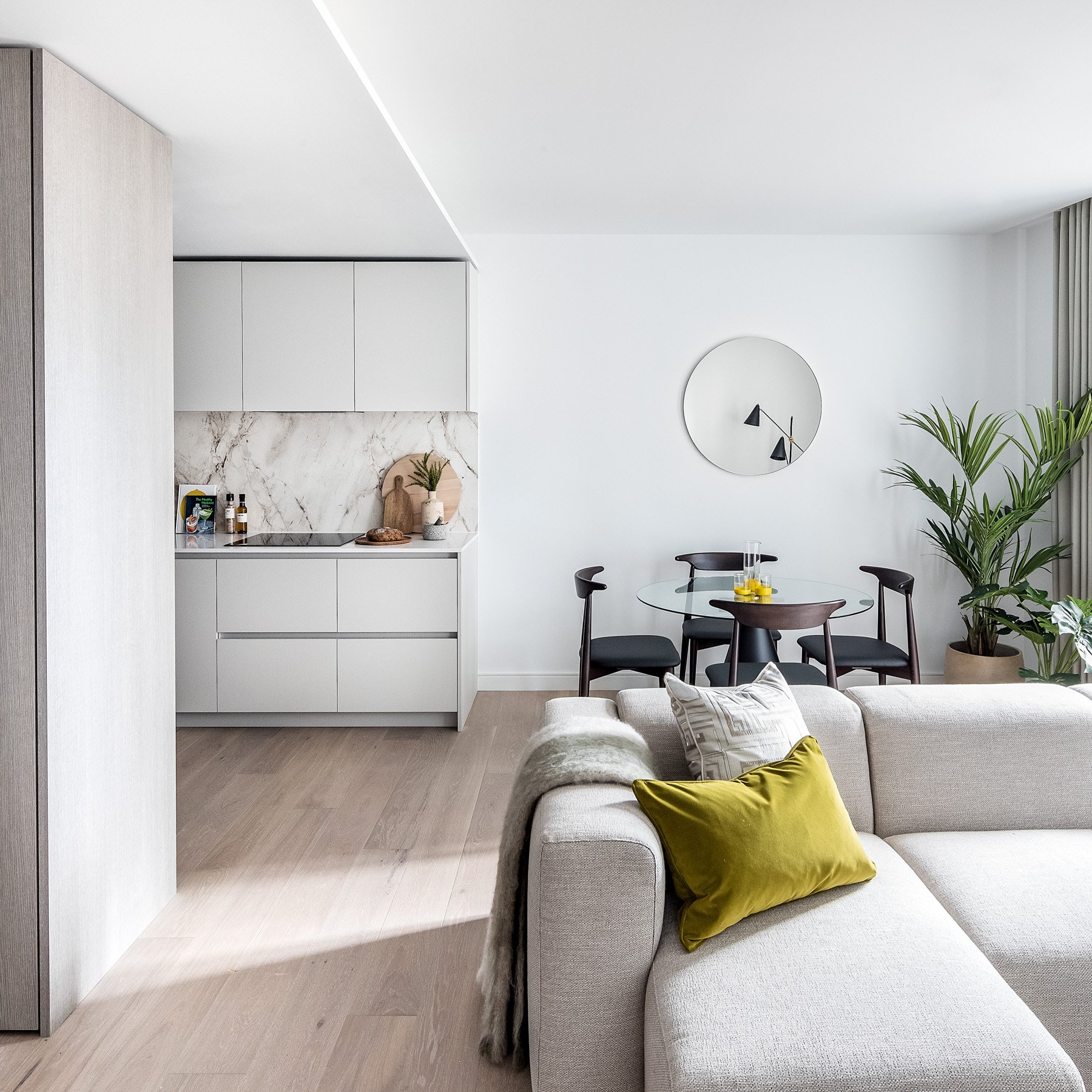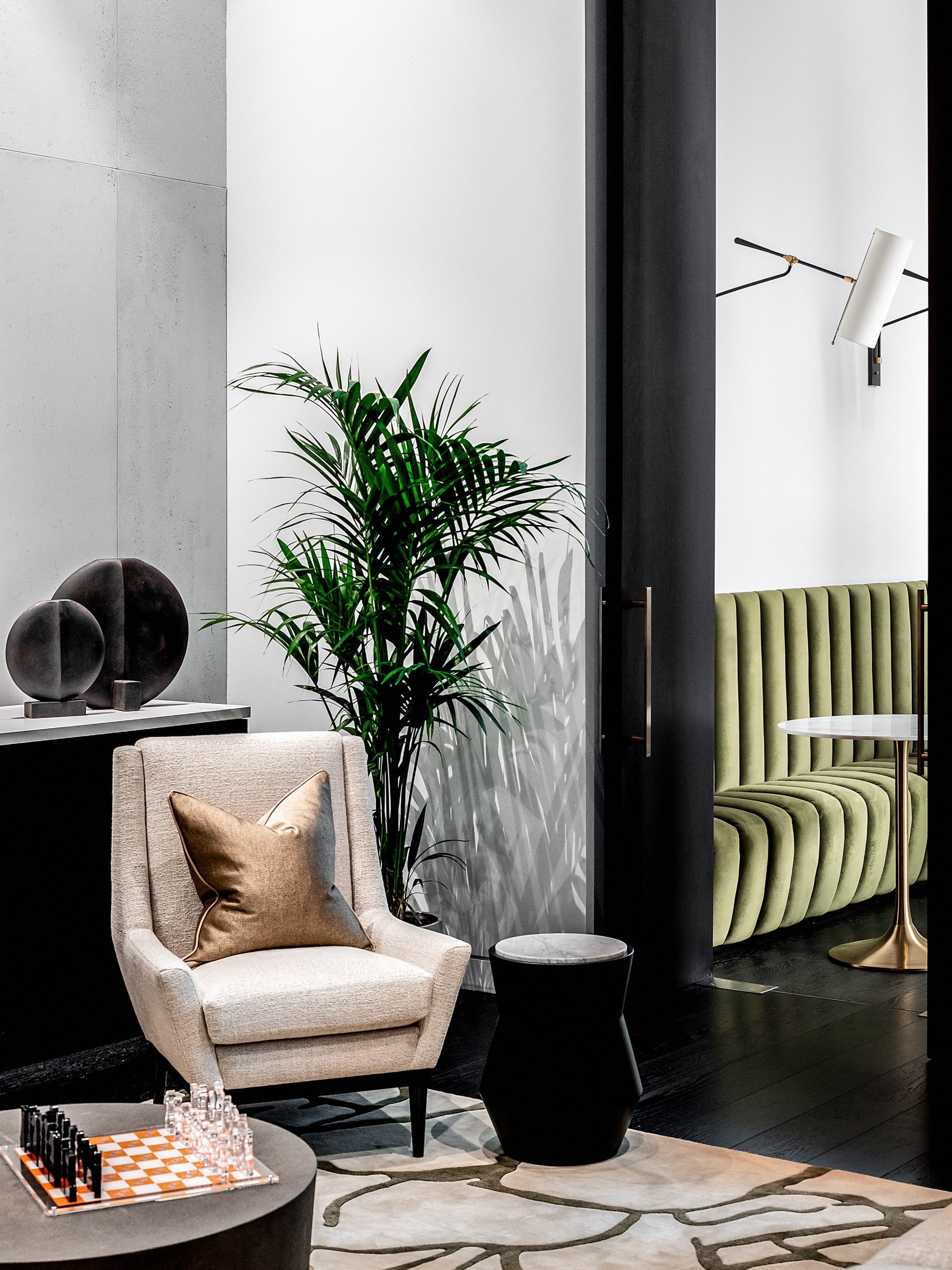HOW TO DESIGN BUILD TO RENT INTERIORS
Build to rent interiors are designed with functionality in mind, featuring an open plan layout, multifunctional furniture, and storage solutions to maximise space. The materials used are high-quality and durable, ensuring that the apartments remain in good condition for longer. Build-to-rent interiors often feature contemporary design elements such as clean lines, neutral colour palettes, and minimalist décor to create a timeless look.
Sustainability is an important factor in Build to Rent interior design. With a growing awareness of the impact of climate change, many BTR developers are looking to create buildings that are more environmentally friendly and sustainable. This means that build for rent interiors are being designed with a focus on reducing energy consumption, conserving resources, and minimising waste. Here at AGC BTR, we are one of the first Build to Rent interior design offerings to keep ESG at the forefront of our projects.
Not to boast, but we are revolutionising the Build to Rent industry by providing a unique proposition of offering interior architectural, show home and furniture range design, all under one roof. As part of Accouter Group of Companies, there are many strings to our bow in delivering quality and considered surroundings to your residents.
TECHNOLOGY, LIFESTYLE, COMMUNITY
Technology, lifestyle, and community are three important factors that can inform the design of BTR interiors. By taking these factors into consideration, developers can create living spaces that are both functional and appealing to tenants.
Technology: Today's tenants expect modern technology in their living spaces. This means that BTR interiors should be designed with the latest technology in mind. For example, apartments may feature smart home technology, such as connected thermostats, lighting, and security systems. High-speed internet access is also essential, as more people work from home and require reliable connectivity.
Lifestyle: The lifestyles of tenants should also be considered when designing build to rent interiors. Many people today are seeking a more minimalist, clutter-free lifestyle, which means that BTR apartments should be designed with storage solutions in mind. Multifunctional furniture, such as sofa beds and foldaway desks, can also be used to maximise space and make the apartment more flexible.
Community: BTR developments should also foster a sense of community among tenants. This means that communal spaces, such as co-working areas, rooftop terraces, and shared gardens, should be incorporated into the design. These spaces can encourage socialising and collaboration among tenants, making the development more attractive to renters. AGC BTR worked on the communal spaces of 8 Water St, Canary Wharf with Vertus. The development boasts flexible communal areas including; a lounge, self-service bar, screen room, private dining room and an expansive roof terrace all carefully curated and designed by us.
View the full portfolio here.
Overall, the design of BTR interiors should take into account the needs and preferences of tenants. By incorporating technology, lifestyle, and community into the design, developers can create living spaces that are both functional and appealing to renters.
ROLE OF SUSTAINABILITY
The role of sustainability in build to rent interiors is multifaceted and critical to the success of the development. Sustainability plays a crucial role in ensuring that BTR interiors are not only environmentally friendly but also cost-effective and desirable to tenants. More importantly in the BTR world is ESG.
ESG (Environmental, Social, and Governance) considerations are becoming increasingly important in the development of Build-to-Rent (BTR) interiors. BTR developers are under pressure to create sustainable and socially responsible living spaces that meet the needs of tenants while also reducing their environmental footprint.
Environmental: BTR developers are incorporating a range of environmentally friendly features and practices into the design of interiors. These include the use of energy-efficient lighting, appliances, and building materials, as well as the implementation of renewable energy sources such as solar power. The aim is to reduce the carbon footprint of the development and minimise waste generation.
Social: BTR developers are also taking a social approach to interior design, creating living spaces that prioritise the health and wellbeing of tenants. For example, interiors may include green spaces and communal areas that encourage social interaction and promote mental and physical wellbeing. Additionally, BTR developers are incorporating accessible design features into their interiors, such as wide doorways and accessible bathrooms, to accommodate tenants with disabilities.
Governance: Finally, BTR developers are taking governance considerations into account in the design of their interiors. This includes ensuring compliance with all relevant building codes and regulations, as well as implementing robust safety and security measures to protect tenants and their property.
Overall, ESG considerations are playing an increasingly important role in the design of BTR interiors. By creating living spaces that are environmentally friendly, socially responsible, and compliant with governance standards, developers can create a sustainable and desirable product that meets the needs of tenants and investors alike.
In our second episode of ‘The Interior Insider’, our Co-Founder Stelle Gittins, talks all things sustainability. Stella discusses the E, S and G in ESG, how COVID 19 has affected the environment and how AGC is becoming a B Corp to be a force for good in the industry.
Listen here.
At AGC BTR, we love to keep on top of the latest design trends in BTR developments, and our futuristic approach means that we are always ahead of the curve.
To discuss your BTR development, get in touch with our team. You can slide into our DM’s here BTR@agofc.com, or give us a bell here +44 (0)20 3651 3325




